|
During my recent trip to New York City, I had the pleasure of discovering Georgian food and wine at Chama Mama in Chelsea. I highly recommend this restaurant if you ever find yourself in the Big Apple. Although I have been intrigued by the country and cuisine for years, it was my first time trying it and I regret not discovering it sooner! So, it's not surprising that in recent years, Georgian cuisine and wine have gained a lot of popularity in the gastronomic world. Nestled in the Caucasus region between Europe and Asia, Georgia boasts a rich culinary heritage that has captivated the palates of food enthusiasts worldwide. From the delicious flavors of khachapuri to the complex notes of saperavi wine, Georgian food and wine have become a burgeoning trend in the global culinary scene. Khachapuri: The National Dish and a Cheese Lover’s Dream Georgian cuisine reflects the country's diverse cultural influences, drawing inspiration from Persian, Turkish, and Mediterranean culinary traditions. One of the cornerstones of Georgian cuisine, and the national dish, is khachapuri, a delectable cheese-filled bread that comes in various regional variations. Adjarian khachapuri, shaped like a boat and topped with a gooey egg, is a beloved comfort food, while Imeretian khachapuri features a more simplistic round shape filled with a blend of cheeses. These iconic dishes exemplify the warmth and hospitality deeply ingrained in Georgian culinary culture. I had the Adjarian khachapuri at Chama Mama and can tell you I am craving it right now as I write this post! Khinkali: Dumplings of Delight and Pkhali: A Symphony of Flavors Another hallmark of Georgian cuisine is the lavish use of fresh herbs, spices, and aromatic ingredients. Traditional dishes like khinkali, dumplings filled with spiced meat or cheese, pkhali, a flavorful spread made from vegetables and nuts, showcase the vibrant flavors and textures that define Georgian cooking. The cuisine's emphasis on locally sourced, seasonal ingredients underscores its connection to the land and the agricultural traditions that have sustained Georgian communities for centuries. Khinkali are a true testament to the country's culinary prowess. Made from twisted pieces of dough stuffed with savory fillings such as meat, cheese, or mushrooms, khinkali are a staple of Georgian cuisine, enjoyed by locals and visitors alike. And remember, eating khinkali with your hands is not just encouraged—it's essential to fully appreciate the burst of flavors with every bite. Pkhali is made with fresh veggies like spinach, beets, or carrots, all finely chopped and mixed with aromatic herbs, garlic, and ground walnuts, then generously seasoned with zesty spices like fenugreek and coriander. It is served cold and garnished with pomegranate seeds to be enjoyed on warm bread or crackers. Khinkali: Georgian Dumplings Lobio: A Celebration of Beans In Georgian cuisine, beans reign supreme, and lobio showcases the versatility and ingenuity of this humble ingredient. Whether mashed into a flavorful paste with garlic, onions, and spices or simmered in a clay pot with fragrant herbs and vegetables, lobio delights the palate with its hearty textures and robust flavors. As Georgians embrace their agricultural heritage, expect to see more innovative twists on this traditional dish, highlighting the bounty of Georgia's fertile lands. Chakapuli: A Taste of Tradition For a taste of Georgia's rich culinary history, look no further than chakapuli. This hearty soup, brimming with meats, herbs, and spices, embodies the essence of Georgian cuisine. Whether prepared with lamb, beef, or mushrooms, chakapuli showcases the abundance of locally sourced ingredients and regional variations found across the country. Each spoonful tells a story of Georgia's agricultural roots and culinary ingenuity. Georgian Wine: A Timeless Tradition No discussion of Georgian cuisine would be complete without mentioning their revered wine-making tradition, which dates back thousands of years. However, I believe it is best to dedicate a separate post to Georgian wines. Stay tuned The Vibrant World of Georgian Food Trends
Amidst Georgia's evolving culinary scene, where innovative chefs and winemakers redefine traditions while honoring the country's roots, one thing remains clear – its food is a true reflection of its vibrant culture, diverse landscapes, and unwavering hospitality. So, whether you're enjoying khachapuri in a bustling Tbilisi tavern or savoring lobio in the heart of the countryside, prepare to embark on a gastronomic adventure that will leave you craving more. Georgia may be the last great undiscovered cuisine of Europe, but its culinary delights are rapidly gaining attention – and once you've tasted them, you'll understand why.
0 Comments
Late last night, I watched the live stream of Cole Brauer crossing the finish line of the Global Solo Challenge. Many of you are probably just hearing about this 29-year-old woman as she has gained a lot of media attention. She is the first American woman to sail solo around the world, completing the daunting 26,000-nautical-mile race in 130 days on a 40-foot sailboat.
Cole has over 469K followers on Instagram – this author included. As an adventurer myself, I was drawn to her drive and determination, and I looked forward to my morning coffee and seeing her latest post. I felt compelled to write this as her story can teach us a lot about being leaders and entrepreneurs and about managing our brands and social media. It takes a team to succeed! Despite this being the Solo Global Challenge, solo being the operative word, it was a team effort, and she genuinely knew this. "Shore Team Sunday" not only showcased posts dedicated to her support team but throughout the race, she continually acknowledged how important they were to the success of this journey. As leaders, recognizing your team from the heart is not just a leadership gesture; it's the cornerstone of building a motivated and cohesive work environment. Genuine appreciation fosters a sense of value and inspires individuals to go above and beyond, ultimately fueling collective success. If you believe in it, do it! She didn’t grow up sailing, and in fact started sailing at the “late” age of 19 years old while attending college in Hawaii. In 2022, she had tried out for another competition, the Ocean Race, which is considered the pinnacle of professional ocean racing. Sailors in that race are highly trained, wear matching foul-weather gear, and have corporate sponsors. And most of them are men. Cole, who had sailed thousands of miles on high-performance ocean racing boats, felt she was ready to join their ranks. But after competing in trials in France, she was told she was “too short for the Southern Ocean” and was sent on her way. But this did not stop this 5-foot 1-inch powerhouse, from pursuing her dreams and goals. As entrepreneurs, embracing your passion, believing in your dreams, and forging ahead despite challenges isn't just a recipe for success – it's the heartbeat of turning aspirations into reality. In the face of obstacles, unwavering determination becomes the compass that will guide you toward your goals. The power of a smile and positivity. On this incredible journey, her reports and updates often carried a heartfelt tone, reflecting the emotional ups and downs she navigated, from equipment breakages to setbacks and failures. However, her radiant spirit refused to let these challenges overshadow her light. Gratefully embracing every moment on Earth, she consistently shared her next post at sunrise, heralding a new day with the first light, infusing us with inspiration through her infectious smile and unwavering positivity. As leaders, we're no strangers to tough situations and negativity, especially in these challenging times. Yet, choosing to lead with a sincere smile and unshakeable positivity, even when faced with setbacks and emotional lows, isn't just a leadership decision—it's a commitment that becomes ingrained in who you are. Authenticity isn't just about appearances; it's about letting positivity shine from your soul, seamlessly weaving resilience, and optimism into the very fabric of your leadership style, propelling your team towards unparalleled success. Unleash the Power of Authenticity! Her new sponsors had reservations about her bold social media experiment, and she got massive pushback, adding that it was vain, not important, and “We don’t want to pay for this.” She responded, “None of this is going to matter if the world can’t see it.” But unlike most professional sailors, she was decidedly human and authentic. Her posts included watching Netflix in her pajamas, doing her nails, and having dance parties. At first, even her social media manager pushed back at some of her posts, commenting, “In the beginning I looked at what she was doing, posting about washing her knickers in a bucket and I was like, ‘No! What are you doing?’” In Cole’s words, “If you treat people below you, people stop watching.” Further exemplified by the fact that she hasn’t been shy about letting people know that she lives out of her van as she moves around to where the boats go. As brand ambassadors and social media managers, being real and upfront is crucial in today's landscape. Transparency isn't just a buzzword; it's the foundation for building trust between brands and consumers. When you share genuine insights about your brand, products, and how things work behind the scenes, it adds a human touch to every interaction. Being open, honest, and a little vulnerable helps your brand connect with people and build trust in a way that feels genuine and reliable. As restauranteurs, consumers are hyper-aware of the world around them, and they expect the same from their restaurants. They crave authenticity, and restaurants that can deliver are winning their hearts (and stomachs). They want to know where their food comes from, how it’s prepared, and the values behind the business. This means clear labeling, responsible sourcing, and ethical practices are not just nice-to-haves but dealbreakers. Forget flashy gimmicks and obsessing over picture-perfect plating. Instead, dive into transparency, champion diversity, create impact, and embrace technology. Embrace the unexpected by unlocking the power within. Despite facing significant challenges, including the withdrawal of half her competitors in the Global Solo Challenge and the persistent dangers of ocean races, where lives are still at risk, especially in the tumultuous storms of the Southern Ocean, she persevered. An incident involving a violent broaching left her with a rib injury as she was thrown across the hull in the rough waters near Africa. Another test of her resilience came when dehydration from vomiting and diarrhea prompted her U.S. team to guide her in inserting an IV. In reflecting on her unwavering determination, she shared with the Today show, “There’s no option at that point. You’re so far away from land that there’s no one who can rescue you or come and grab you. You kind of just need to keep moving along and keep doing everything.” Successful leaders exemplify unwavering determination in the face of challenges, navigating through uncertainties with resilience and a steadfast spirit. They understand that preparation is essential, yet they embrace the reality that true leadership lies in the ability to adapt and thrive when the unexpected unfolds. In the pursuit of success, it's not about having a perfect plan but rather the courage to navigate uncharted territories with tenacity and unwavering belief in one's capabilities. As we celebrate Cole Brauer's remarkable achievement in conquering the Global Solo Challenge, her journey becomes a beacon of inspiration for leaders, entrepreneurs, and dreamers alike. Encouraging us to embrace the unexpected, to unlock the power within, and to navigate uncharted territories with courage and unwavering belief. Let her story be a guiding compass, steering us towards unparalleled success, resilience, and the triumph of the human spirit. Thank you for sharing your journey with us Cole. 🤙🏻 As we step into 2024, the culinary landscape is set to undergo a vibrant transformation, driven by a diverse array of global influences and innovative culinary techniques. In this article, we'll delve into the exciting food trends anticipated to shape the dining experience in the coming year. From the renewed rise of Indian cuisine in America to unexpected uses of tomatoes, innovative snacking trends, and the resurgence of nostalgic flavors, 2024 promises a culinary kaleidoscope that will delight the taste buds and challenge traditional notions of gastronomy. Menu development is at the core of Matrix Restaurant Consulting, and we are here to partner with your team to create fresh new food and beverage menu items for 2024. The Indian Culinary Renaissance After years of anticipation, Indian cuisine is finally taking center stage in American dining. Renowned chefs like Maneet Chauhan in Nashville, Rohini Dey in Chicago, and Srijith Gopinathan in San Francisco are leading the charge, bringing medium- to high-end independent Indian restaurants to various corners of the country. Fast-casual Indian eateries, such as Rasa, Curry Up Now, and The Kati Roll Company, are also on the rise, offering a diverse range of flavors to a broader audience. In San Diego, Daru Indian Gastro Pub is serving up innovative menu items. The inclusion of Zingers Tikka Wrap on the menu of Miller's Ale House signifies a growing acceptance of Indian flavors in mainstream American dining. Snacking Trends | A Reflection of Economic and Emotional Drivers The dynamics of snacking are evolving, influenced by two key drivers: economic caution and stress. Cautious consumers are turning to snacks as meal replacements, opting for healthier choices to save money. In contrast, those facing serious financial challenges may choose less healthy options due to budget constraints. The second driver, stress, prompts increased snacking on comfort foods, leaning towards sweet and salty items. The demand for extreme flavors like citrus and chilies reflects the emotional need for escape and reward. Small bites and snacks can be a great way to enhance your menu. Nostalgia Reinvented Nostalgia in 2024 takes a turn towards more wholesome times, embracing foods reminiscent of small towns in the Midwest and Deep South. Pimento cheese, Alabama white sauce, and Michigan bumpy cake. Joe Isidori, Michelin star chef and owner of New York’s Arthur & Sons also thinks old school is back in style for 2024, including timeless red-sauce dishes, nostalgic steak shops, and French bistros that emphasize simplicity and unpretentiousness. Lobster thermidor, peach melba, and more made-in-America dishes are back in fashion, often with a new twist. Chef Andrew Zimmern, chef, James Beard Award-winning TV personality, agrees, and expects dishes from up to 150 years go to “soar in popularity.” Flavor Trends | A Symphony of Combinations Sweet combinations continue to dominate, with flavors like swalty (sweet + salty), swokey (sweet + smoky), and swicy (sweet + spicy) offering self-soothing and rewarding characteristics. The anticipated rise of Apple Pie spice signals a potential challenge to the once-unstoppable Pumpkin Pie spice trend. As flavor profiles evolve, there is a recognition that certain trends, such as avocado toast and Girl Dinner, are fading, making room for innovative takes on traditional favorites. Tomato | The Versatile Star According to consumer and menu research firm Technomic, 2024 is hailed as the "year of the tomato." This versatile ingredient is expected to appear in unexpected places, from desserts to meat replacements. Dishes like Mayan sikil pak and Libyan chraimeh, along with Caprese cocktails, showcase the global influence of tomato-based creations. Savory Martinis with ingredients like truffles and Parmesan cheese are gaining popularity, indicating a newfound appreciation for the diverse applications of this humble fruit. In the dynamic culinary landscape of 2024, Matrix Restaurant Consulting stands ready to guide the gastronomic journey. As Indian cuisine gains prominence across America and snacking evolves in response to economic and emotional cues, our team is poised to craft innovative menus. Nostalgia takes a wholesome turn with timeless American dishes, while flavor symphonies redefine culinary trends. Embracing the versatility of tomatoes, 2024 unfolds as a year of culinary exploration, and Matrix is your trusted partner in navigating this vibrant culinary kaleidoscope. Let us elevate your menu to new heights. #restaurants #restauranttrends #beveragetrends #foodtrends #2024CulinaryTrends #2024Trends #Tomatoes #IndianCuisine #FlavorCombinations #Nostalgia #NostalgicFood #Snacking #SnackingTrends
Introduction In recent years, there has been a significant shift in drinking habits, with a rising trend towards low and no alcohol options. This movement, often referred to as the "new sobriety," has given birth to an array of zero-proof craft cocktails and sober bars across the nation. As we delve into the research, it's clear that this shift is not merely a passing fad but a societal transformation, driven by a growing population of "sober-curious" individuals, particularly among Millennials and Generation Z. The Sober-Curious Movement No longer confined to just "Drynuary" or "Sober October," the "sober curious" movement is a key driver behind the increasing interest in low and no-alcohol alternatives. This movement encourages consumers to be more intentional about their drinking habits, fostering a curiosity about the potential benefits of reducing or eliminating alcohol consumption. Recent surveys indicate that nearly half of consumers express interest in low-alcohol cocktails. This growing curiosity is reshaping consumer preferences and influencing the beverage industry to innovate and cater to a more mindful and health-conscious audience. Sober Bars: A New Social Landscape: Major cities are witnessing the establishment of sober bars, creating a space for individuals to socialize without the presence of alcohol. Notable examples include Hekate in NYC and Sans Bar in Austin, Texas. Canadian Bars such as Toronto's ZERO Cocktail Bar and Beeves, a Booze-Free Bottle Shop and Beverage Room in British Columbia are taking advantage of non-alcoholic spirits, crafting innovative cocktails using locally sourced ingredients. These venues offer an environment where patrons can enjoy music, conversation, and entertainment without the pressure to consume alcohol. The rise of sober bars signifies a paradigm shift, with non-alcoholic options becoming as commonplace as gluten-free and vegetarian items on restaurant menus. This development not only caters to those who choose to abstain from alcohol but also provides inclusive spaces for socializing that extend beyond traditional bars and pubs. No- and Low-ABV Market Growth According to IWSR Drinks Market Analysis, the no- and low-alcohol category's value surpassed USD$11 billion in 2022, up from USD$8 billion in 2018. The growth is expected to accelerate, with a forecasted compound annual growth rate (CAGR) of seven percent in 2022-26, compared to five percent in 2018-22. Non-alcoholic products, especially beer and cider, are spearheading this growth, contributing nearly 70 percent to the overall no/low-alcohol growth between 2022 and 2026. Innovations in Non-Alcoholic Products In the realm of non-alcoholic spirits, innovations are catching up with consumer demand. The success story of Mingle Mocktails, a line of sparkling mocktails, underscores the growing demand for non-alcoholic options. Started by Laura Taylor as a response to her personal journey of quitting alcohol, Mingle has become the fastest-growing non-alcoholic spirits brand. Guinness 0, a non-alcoholic draught, emphasizes retaining the distinctive taste of Guinness through a cold filtration process. Spirit producers like Seedlip offer distilled non-alcoholic spirits, showcasing the industry's commitment to providing sophisticated alternatives. Ritual Zero Proof was created to be the first American-made true liquor replacement to use all-natural botanicals to echo the flavor and burn of liquor – without the alcohol or calories. Wilderton is reimagining spirits that are complex and bold, aromatic and adventurous, and sourced from nature’s finest botanicals - all without alcohol. Booze-Free Cocktail Lists Prove Profitable: Bars and restaurants are increasingly incorporating non-alcoholic options into their menus, responding to the demand for creative and flavorful non-alcoholic cocktails. Sartiano's, Soho’s newest dining hotspot from hospitality magnate Scott Sartiano at the Mercer Hotel, and other hotel bars offer robust no- and low-ABV beverage menus, enhancing the overall customer experience. In Los Angeles, The Melrose Umbrella Company, a cocktail bar that brings the social cocktail experience back to the basics, has an anything but basic Non-alcoholic Menu. By serving mocktails, establishments can broaden their customer base, increase customer loyalty, and cater to the preferences of the sober-curious consumer. Zero-Proof Craft Cocktails Take Center Stage: As we peruse menus across the nation, it's becoming increasingly common to spot zero-proof craft cocktails that promise an authentic spirit flavor without the alcohol content. A noteworthy example is the 'No Way Jose' and 'Designated Mule' offered by establishments like Not Your Average Joe's. These beverages are crafted with precision, utilizing a variety of ingredients to recreate the complex and nuanced flavors often associated with traditional cocktails. This trend is indicative of a growing demand for sophisticated, alcohol-free alternatives that cater to a diverse range of tastes. Conclusion
The rise of low and no-alcohol options, accompanied by the emergence of sober bars, reflects a fundamental shift in societal attitudes toward drinking. As Millennials and Generation Z continue to drive this trend forward, the no- and low-alcohol market is poised for substantial growth. From innovative non-alcoholic spirits to the success of brands like Mingle Mocktails, the industry is evolving to meet the demands of a more health-conscious and mindful consumer base. As we move into the future, the landscape of social drinking is likely to be defined by inclusivity, creativity, and a genuine understanding of diverse consumer preferences. Our beverage experts at Matrix Restaurant Consulting are here to partner with you in creating the ultimate low and no-alcoholic options for your operation. Contact Us and Let's Talk #restaurants #restauranttrends #beverages #beveragetrends #newsobriety #dryjanuary #drynuary #soberoctober #nonalcholic #cocktails The unprecedented 20-to-30% menu price hikes, implemented to combat inflation and rising labor costs, are now prompting operators to reassess their pricing strategies. The delicate balance between maintaining profitability and not alienating cost-conscious consumers becomes paramount in the face of shifting economic landscapes.
The restaurant industry, having weathered supply chain disruptions and inflationary pressures, must now pivot towards alternative solutions as the pendulum swings back towards normalcy. However, signs indicate that consumers might have reached their tolerance for continued price increases. The risk of a "substitution effect" is looming, where consumers might opt for more cost-effective alternatives like grocery stores. This is evident as we see Millennials and Gen Z shopping at thrift stores, and we are seeing a rise in cost-saving food apps such as Too Good To Go and Imperfect Foods. A recent Consumer Price Index data analysis revealed that Food Away from Home (FAFH) prices are trending nearly two percentage points higher than Food at Home (FAH) prices. This disjunction is already impacting consumer traffic, which is 2.5% lower than in 2022 and almost 20% lower than in 2019. This decline in foot traffic underscores the need for a nuanced approach to pricing that goes beyond mere survival. The industry must address a critical question: Is the restaurant experience commensurate with the elevated prices? If consumers perceive diminishing returns on their investment, the industry risks losing them. Amidst the challenges of managing steeper labor costs alongside declining traffic, strategic maneuvering and careful pricing strategies are essential. Looking into 2024, restaurant operators should adopt surgical pricing strategies based on purchasing patterns, bundling preferences, and methods to re-engage lapsed customers. Embracing technology, including AI-generated data for competitive pricing strategies and automation for operational efficiencies, will be crucial in navigating this uncertain terrain. A silver lining emerges in the form of operators' increasing openness to technological investments. According to a recent survey, 53% of operators plan to invest in digital platforms, mobile apps, and online ordering systems. This technology-driven approach aims to combat rising costs without resorting to further price increases. However, the challenge lies in striking a balance between cost-cutting measures, such as automation, and maintaining the quality of the consumer experience. Additional research indicates that friendly service is a significant factor in consumer satisfaction, suggesting that technology should enhance, not replace, the human touch. As we approach 2024, optimism prevails despite the headwinds. Dine-in usage is on the rise, especially among younger generations. The key to success lies in pricing strategies that keep menus rationalized, ensuring that the value proposition remains strong. As the industry grapples with the dynamic pricing landscape, adaptability, and a focus on enhancing the overall dining experience will be pivotal in shaping a positive trajectory for 2024. Our team at Matrix Restaurant Consulting has the experience and knowledge to navigate this terrain with you and to work with your team on developing a competitive pricing strategy. Contact Us Here and Let's Talk! 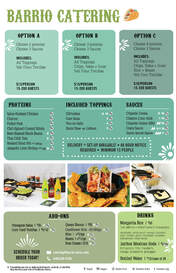 Many restaurant operators have asked us how they can expand their business without investing large amounts of capital to open new restaurants or concepts. There are numerous avenues in generating new revenue streams, but I caution restauranteurs and executives that they need to be deliberate and controlled in their decision making. And they need to be willing to support this organizationally and most importantly willing to invest in leadership to run their new venture. So, I thought I would share some proven success factors for one of these revenue streams, Off-Premises Catering via Take-Out and Delivery. Take-Out and Delivery Catering can come in two different forms – more traditional catering where the food is fully prepared and ready to go such as individual grab-and-go box lunches or buffet items – or bulk items that are heat-and-eat such as Clover Food Lab’s Party in a Box. The benefit of this type of revenue channel is that you can launch it with a minimal capital investment as you can leverage your current kitchen facility and much of your current staff. Your kitchen simply prepares the food and everything else is up to the customer to plan on their own. Through our experience we have found these as some keys in successfully developing and launching a Take-Out and Delivery Catering Program.
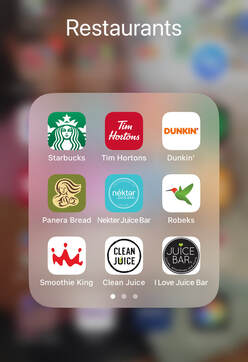 One of the questions I am asked as a restauranteur and marketer is “Should we have our own App for our company?” Well considering I have 460 apps on my iPhone, one might think my natural answer would be “Yes!” Having your own app has tremendous upside, from improving the customer experience, to increasing customer engagement to building brand loyalty. With that said, an app will only be successful if you have the internal team or right partner to manage and evolve the app. Improving the Customer Experience: The most frequent use of an app is to allow customers to order online. However, if this is your only desire for an app, there are plenty of other options that may be better suited for your operation. Many POS systems, such as Toast, Revel and Square, offer online ordering modules and there are also several dedicated food-ordering services available, such as ChowNow and Beyond Menu. Yes, there are costs associated by using these apps/platforms, but they may outweigh the cost of developing and maintaining your own app. It should go without saying that in this digital age, for QSR, Fast-Casual, Juice/Smoothie and Coffee concepts, to name a few, it is almost expected to have an app or other online ordering platform to order ahead. By doing so there are a myriad of benefits to both customers and the restaurant. For customers, it reduces wait times – your order will be prepared while you’re on your way and you skip the line when you get to the restaurant - and it improves order accuracy as customers are in control of what/how they order. For the restaurant, this should improve efficiency and increase sales. With that said these are only benefits if the restaurant is staffed, and the employees are well trained. From a personal experience, as I travel a lot, I tend to use a well-known coffee company app and I am continually frustrated by the length of time it takes for my mobile orders to be prepared. It’s a constant mental struggle on how early to order – if I order too early, and if the restaurant is their game getting product out quickly, my coffee will be cold when I get there - however, if I don’t order early enough and the restaurant is not on their game, I may be waiting for my order, thus defeating the purpose of ordering ahead. Increasing Customer Engagement: A robust app can increase customer engagement by helping you stay in touch with your customers and consequently building a better relationship with them. An app can easily assist in - communicating the opening of new locations, announcing current specials or seasonal promotions, sharing company news, holding contests, running polls, or even soliciting customer feedback. Some must haves that will build engagement are the forementioned mobile payments and online ordering, the integration of Table Reservations (if it makes sense for your operation), the integration with your social media, the ability for online food tracking, and location-based services such as geofencing and beacons. Mobile apps also allow for greater chances of upselling a customer. As marketers we can easily analyze our menu and customer ordering habits and make relevant recommendations to customers when they order certain menu items. I.e., if a customer orders a burger you can naturally upsell them to ordering fries with that burger. Additionally, with geofencing you can invite customers, who have the app and are near your location, a special offer thus increasing the likelihood of them visiting that location. Building Brand Loyalty On average the adoption rate of a traditional loyalty program is about 12%, but when an app combines mobile payments, online ordering and a loyalty program, adoption rates can be as high as 35%. And with greater adoption, you have greater frequency. Mobile apps also give you the ability to target more value-seeking customers by allowing app exclusive promotions and in essence creating “digital value” to those who have and use the app. A recent survey showed that nearly 50% of Gen Z and millennial consumers are using digital couponing to combat inflation. A digital platform allows for more flexibility in targeting promotions to generate customized options for consumers. Having this ability will drive traffic without offering margin-busting blanket discounts. There are also cost benefits for having an app. Imagine converting customers from ordering on delivery platforms to your own platform/app? By doing so you can improve margins and pass some of those savings onto your loyal customers with targeted promotions. You can also use your app to personalize deals for customers. For instance, if a customer hasn’t ordered for a while, you can analyze their ordering history and remind them of their favorite dishes by using mouthwatering photos and possibly offering a discount on that item. Building brand loyalty does take time for restaurant apps. Restaurants should go beyond offering a promo code for the customers first order and extend the offer to several subsequent orders to gain traction and loyalty. This may seem like a lot of discounting, but in the big picture it is not. Loyalty brings frequency and will help your business grow in the long-term. Finally, as you try to grow and leverage your app, you can use your loyalty program to reward loyal customers for their referrals. It’s a great way to acquire new customers. So, are you ready to get Phygital? Matrix Restaurant Consulting is here to help bridge the digital and physical experiences that will work best for growing and evolving your business. It may seem like a lifetime ago, but pre-pandemic, I vividly recall being involved in executive meetings and struggling with how much emphasis (if any) we should put on off-premises dining – specifically delivery. Then the pandemic hit and our lives as restauranteurs changed dramatically, delivery became a necessity, and it was often the only option in generating revenue. And as we continue to look at the delivery sector, the statistics on growth and market share are staggering. (I chose not to list these statistics as I think we have all have seen them in some form or another.) But as we came out of strict lock-down and we look at our businesses today, it brings us back to the age-old pre-pandemic question – does delivery make sense for our business? And at what cost – from potentially damaging your brand, to cutting into already slim margins, to the negative environmental impact?
Some of the many arguments – both pre and post pandemic - for NOT focusing on delivery….
#restaurants #restauranttrends2023 #delivery #restaurantdelivery "takeout Having run several restaurant companies that focus on healthy eating and with the current plant-based meat fad (yes, I think in general it is a fad, and I’ll explain later), I am often asked about my thoughts on plant-based meats and more specifically, what type of plant-based burger is best for their operation.
The begin, I ask two questions that are fundamental in finding the right solution. “Who are you targeting?” and “Are you replacing a current menu item?” Who are you targeting? There are two main groups to target by offering a plant-based burger on your menu – True Vegetarians/Vegans and Flexitarians. If your operation is just introducing a plant-based burger option, the answer to this question will determine if you should offer a plant-based meat burger or if you should offer a vegetable burger option. Depending on the survey or poll, Vegetarians/Vegans represent 2-6% of the population. However, according to 2021 research commissioned by Sprouts Farmers Market and conducted by One Poll, nearly one in every two Americans consumes more plant-based meals than meat (i.e. a Flexitarian), with the flexitarian lifestyle proving more popular with Gen Z. Clearly, the bigger market opportunity is to offer a plant-based meat burger and appeal to the flexitarian. Who has the best-in-class Plant-based Burger? Nation’s Restaurant News is currently conducting a readers poll on “Which Plant-Based restaurant will be the first to go national?” And although this doesn’t answer the best-in-class question, respondents are very passionate about their choice. From a broader list, PLNT Burger and Nomoo are vying as the reader polls “most likely to go national first.” Additionally, BuzzFeed did a recent taste of - “All The Veggie Burgers From National Chains That We Could Get Our Hands On To Find Out Which Ones Are Worth It.” The PLNT Cheeseburger was rated 8 out of 10, the second highest score after the Impossible Whopper which was rated 9 out of 10. What makes a great Plant-Based Meat Burger? Interestingly, both PLNT Burger and Nomoo use Beyond Meat. And it appears from earlier articles that Nomoo switched from Impossible Foods. Please note, I am not endorsing one brand over the other, simply stating what I have found. With that said, there are some common themes with plant-based meat burgers. The Burger Patty: Most restaurants are altering the plant-based meat to differentiate their burger. By way of blending the plant-based meat with vegetables, herbs, spices or other secret ingredients. Furthermore, most are making the patties thin. Think 5/1 or 6/1 patties versus a 2/1 or 3/1 patties. The Burger Build: In almost all cases, restaurants are creating signature burgers, even with the common cheeseburger. For PLNT, the PLNT Cheeseburger has a Beyond Meat Patty, Caramelized Onion, Pickles, NewFields American Cheese, Green Leaf Lettuce, Roma, Tomato, PLNT Sauce, Potato Buen. For Nomoo, The NOMOO has a Brioche bun, nomon × Beyond Patty, nomoo sauce, American Cheeze, Pickles, Onion, Tomato, and Lettuce. Clearly a signature sauce and signature bun are must haves and having other unique ingredients such as caramelized onions, fried onion straws, smoked tempeh bacon or a different cheese like jack cheese will differentiate your burger. Are you replacing a current vegetable-based burger? If you are replacing a current vegetable-based burger, it is important to know who is buying this burger. Is it a flexitarian or a true vegetarian/vegan. If the latter, you will certainly alienate them and potentially lose this group as customers if you switch to a plant-based meat burger. Numerous studies have shown that the demand for fake meats is almost entirely driven by meat eaters despite fake meat long being associated with vegetarians. And plant-based meat producers know this fact and realize the vegetarian and vegan aversion to eating animals means they're pretty weirded out by the hyper-realistic fake stuff too. Additionally in 2021 Food & Wine asked several longtime vegetarians what they thought about the plant-based meat boom. The common theme, these vegetarians agreed that more meatless options were only a good thing, but the idea of eating something that's formulated to taste more like meat was also off-putting. It's one thing if you swap your beef burger order for an Impossible/Beyond patty now and again; quite another if you long ago abandoned burgers altogether. Afterall, many vegetarians on the planet have been eating three meals a day without new advances in meat technology for years and they have already learned to live without meat. Why I believe plant-based meat is a fad… I do believe the demand for meat alternatives will continue, but the industry will not survive unless it continues researching a better product – focusing the needs on affordability and taste. Additionally, consumers are becoming more and more leery of the ingredients and the Orwellian technology used to produce some of these faux meats. I had the opportunity to try several faux meat products from chicken to beef to eggs to shrimp to poke-style tuna while attending the National Restaurant Association Show in Chicago this year. Sadly, these products were disappointing in flavor and texture. And whether by chance or by luck, I had just sampled some amazing blue-fin tuna at one booth and then sampled the poke-style tuna at the next booth. The difference was night and day. I am truly supportive of finding necessary alternatives to meat for environmental and ethical reasons, and I realize you have to start somewhere, but we are not there yet. If your company needs assistance in developing plant-based menu items for vegans, vegetarians or flexitarians let us know! We have an incredible network of talented chefs who specialize in each of these areas. Let’s Talk! #plantbasedburgers #fauxmeat #burgers #vegetarian #vegan #foodtrends2022 #restaurants #restauranttrends We are excited that Tony Tahmosh, CSW has joined Matrix Restaurant Consulting. I recently asked Tony to outline the opportunities and challenges operators will face in 2022 as they look at their beverage programs, specifically the future of wine sales and how to react to consumer shifts in wine consumption. Here's what Tony said....
State of the Beverage Industry Consumer Beverage Spend in the U.S. increased by almost 2% in 2021, and is currently valued at $146 billion. Although wine consumption continues to decrease, the U.S. Beverage Industry is projected to continue to grow at an average rate of 1.7% through the end of 2026. Here are some challenges and opportunities in today’s beverage world. Some of the challenges operators are facing today....
Opportunities for Operators to Increase overall Beverage Sales
#Beverages #BeverageTrends2022 #wine #RestaurantTrends #Restaurants2022 #CBDFoodProducts #CBD |
The Latest Industry News.Restaurant Industry Blog | Archives
March 2024
Restaurant Industry Blog | Categories
All
|
|
|
Matrix Restaurant Consulting | A Full Service Restaurant Consulting Group
Nashville, TN © 2024 Matrix Restaurant Consulting, LLC. All Rights Reserved. |
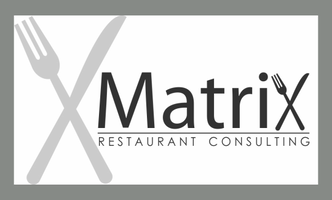
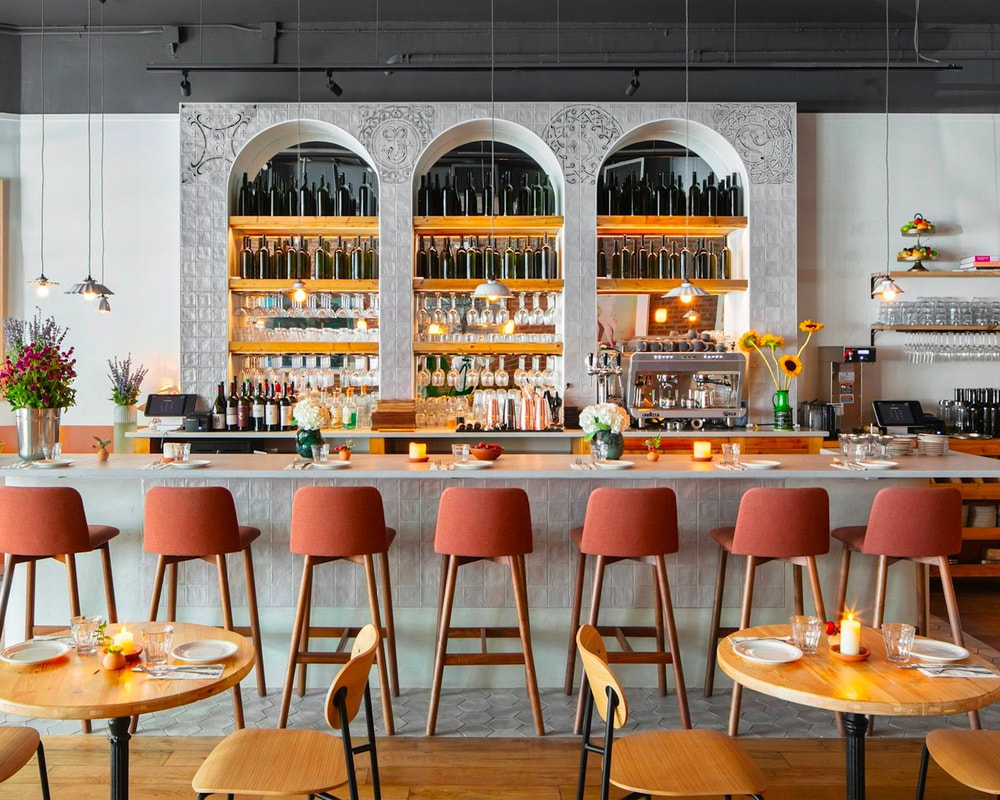
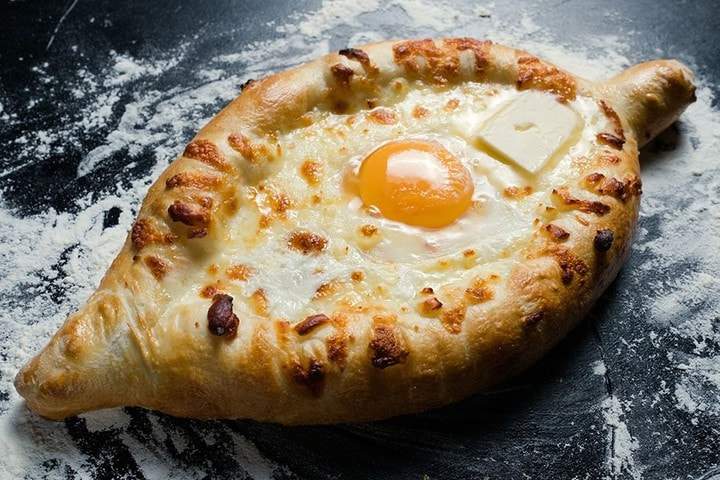
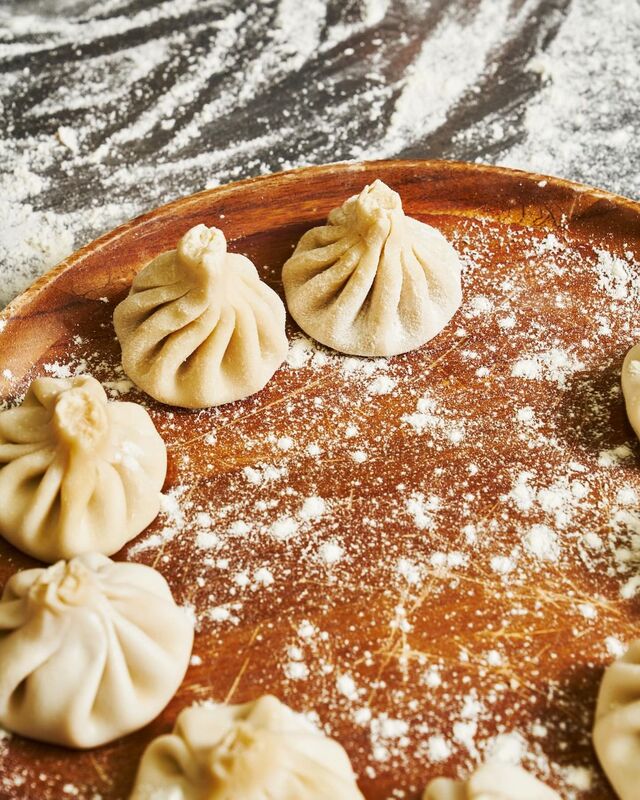
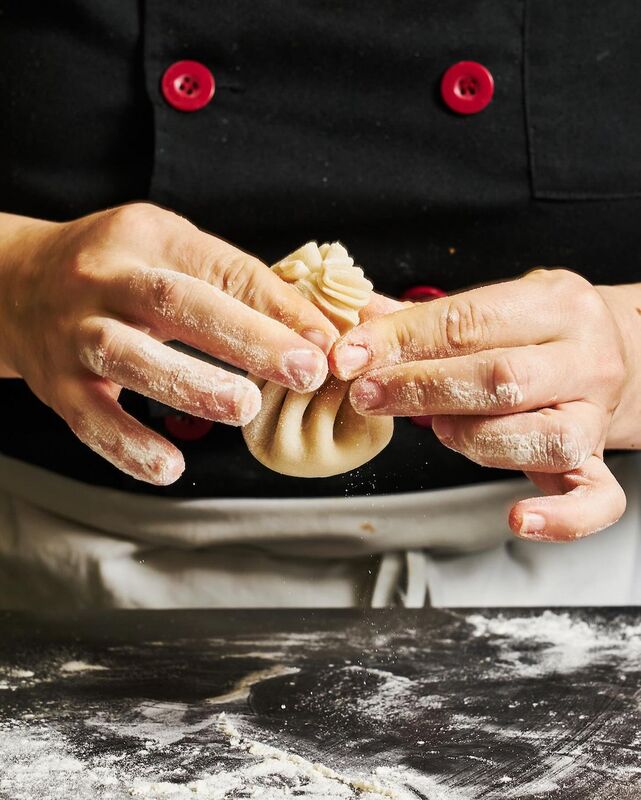
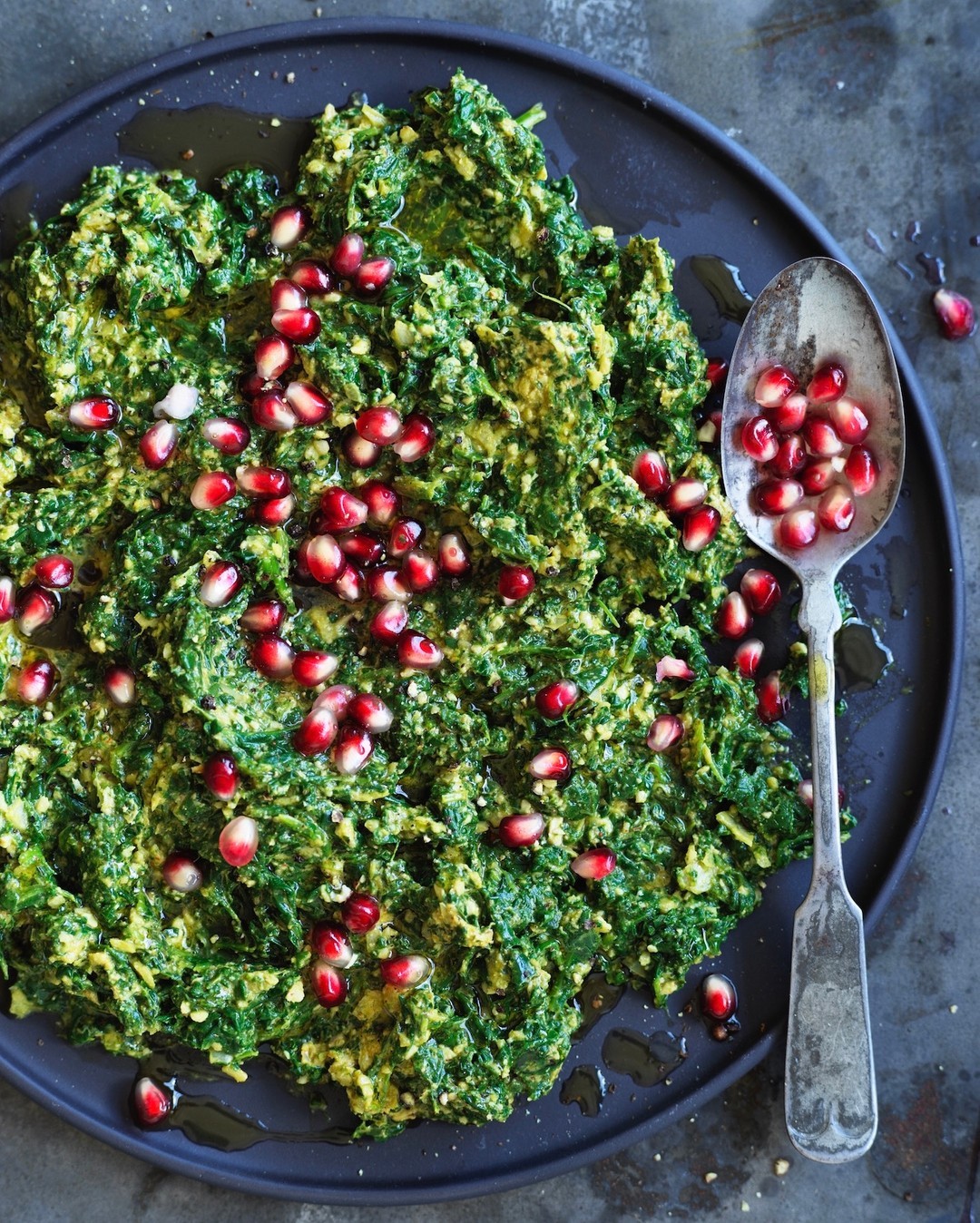
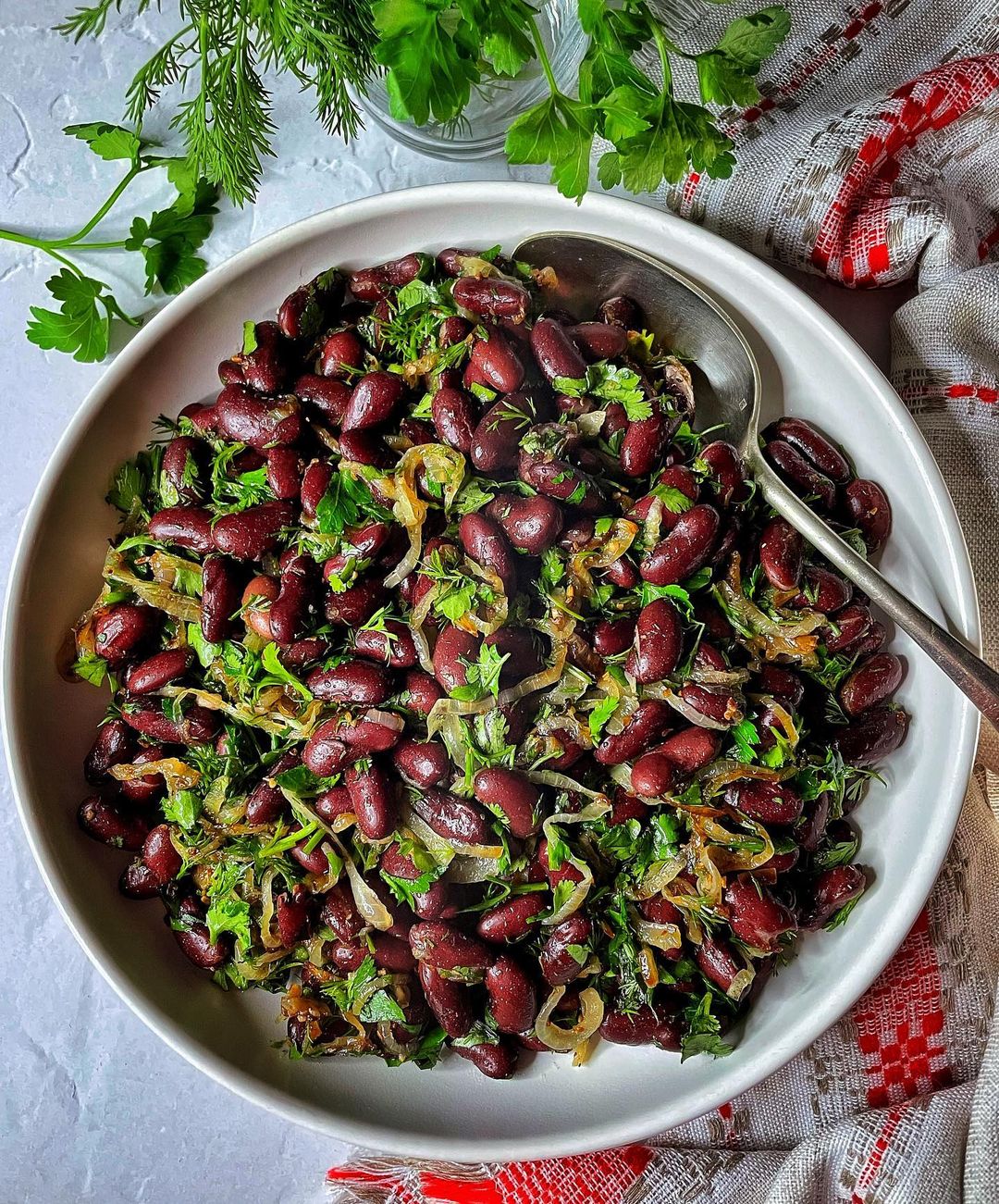
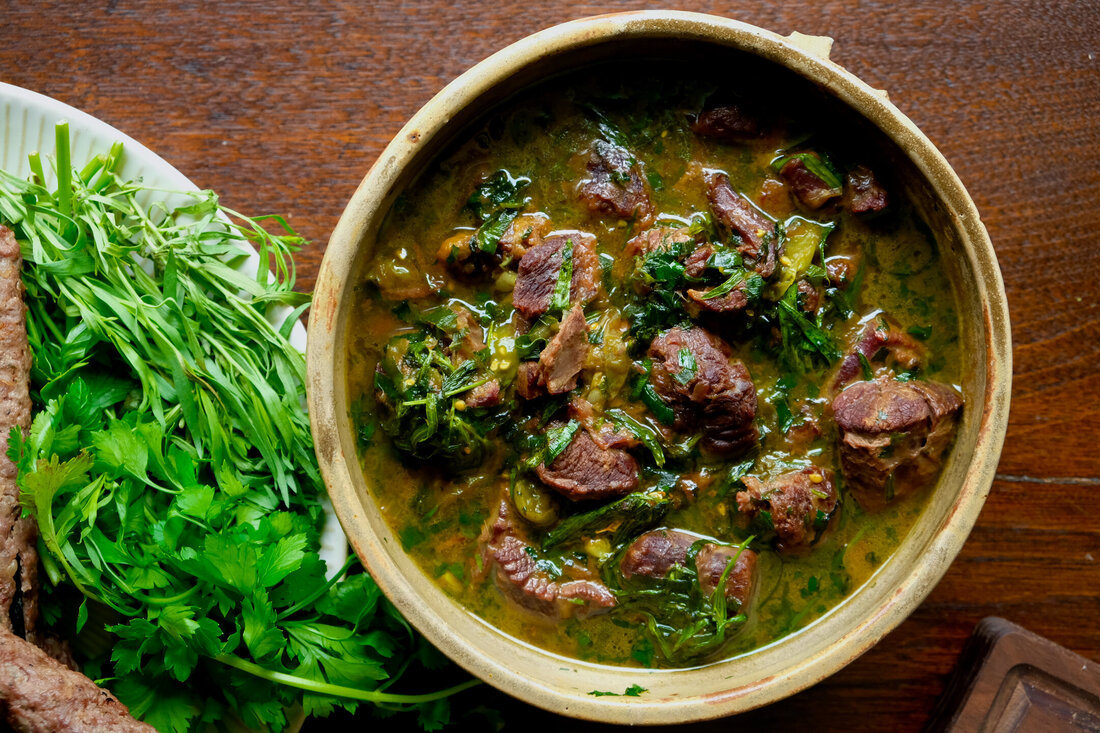


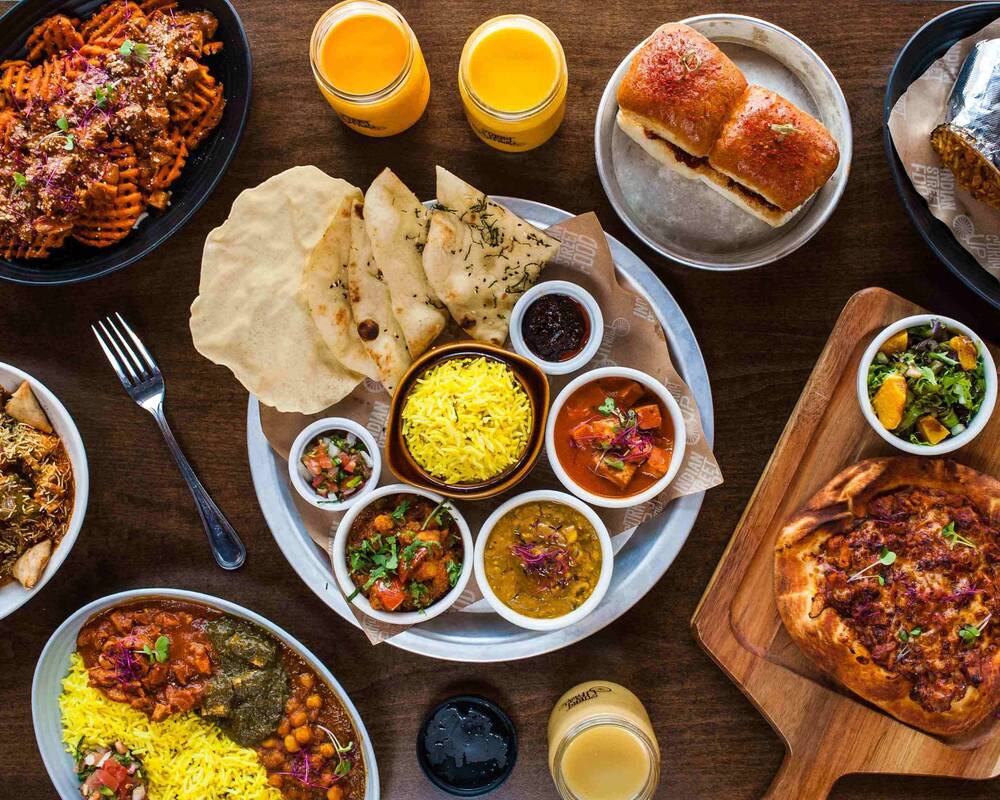
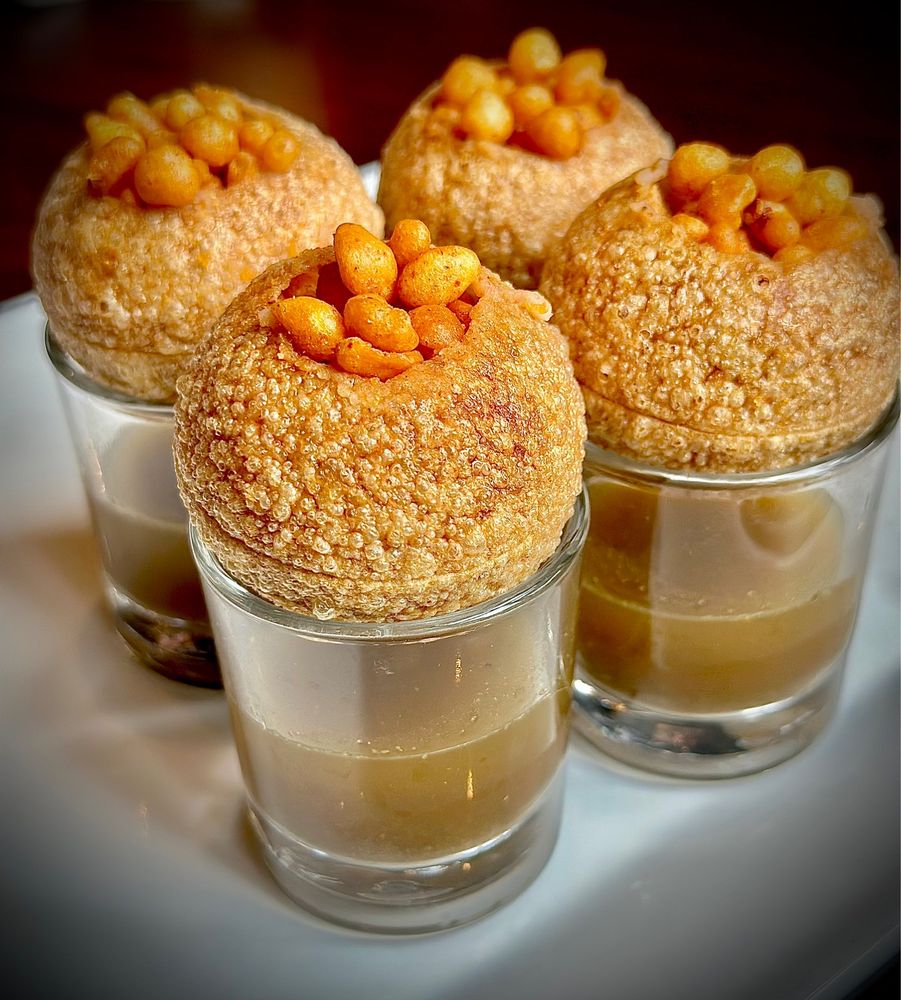
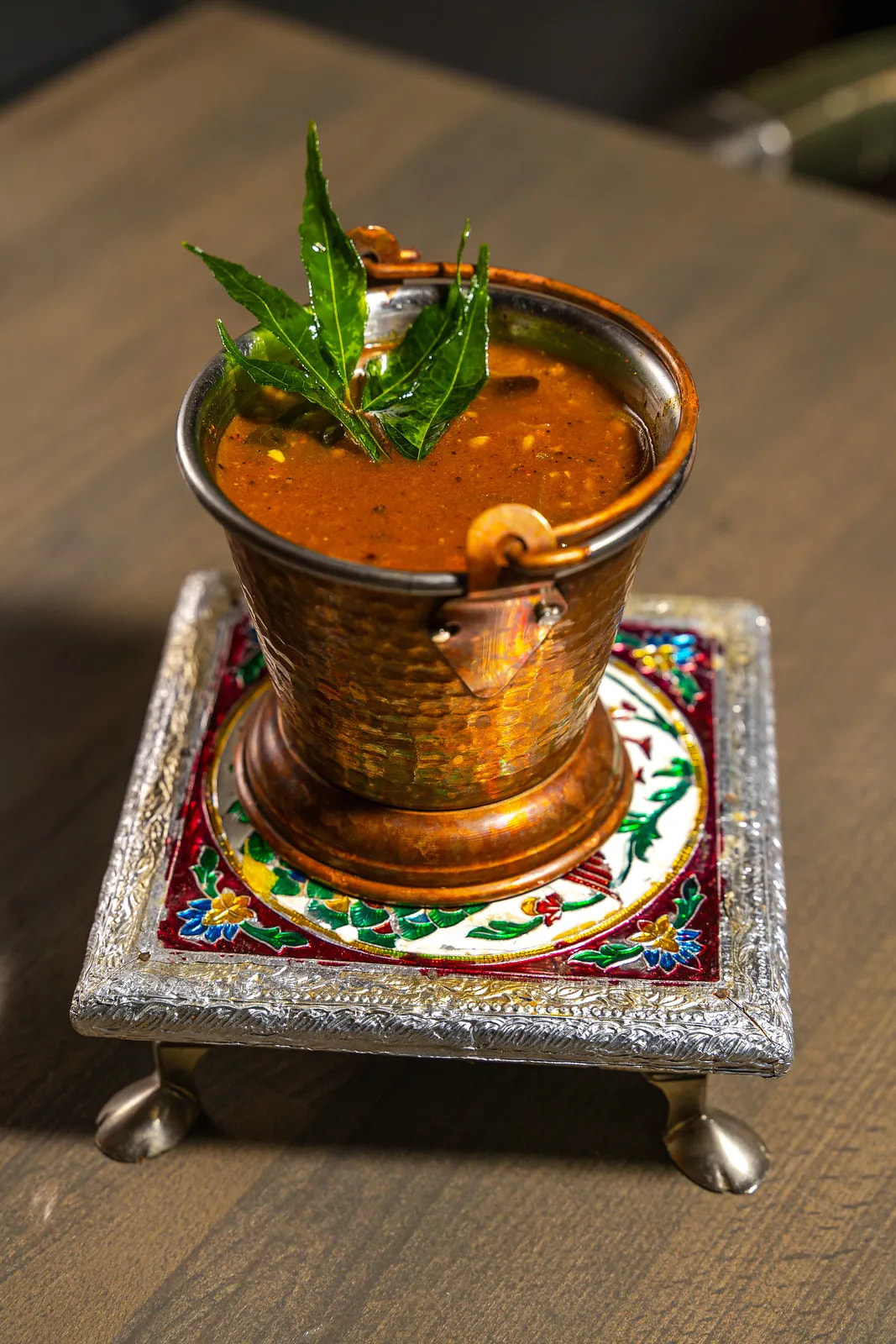
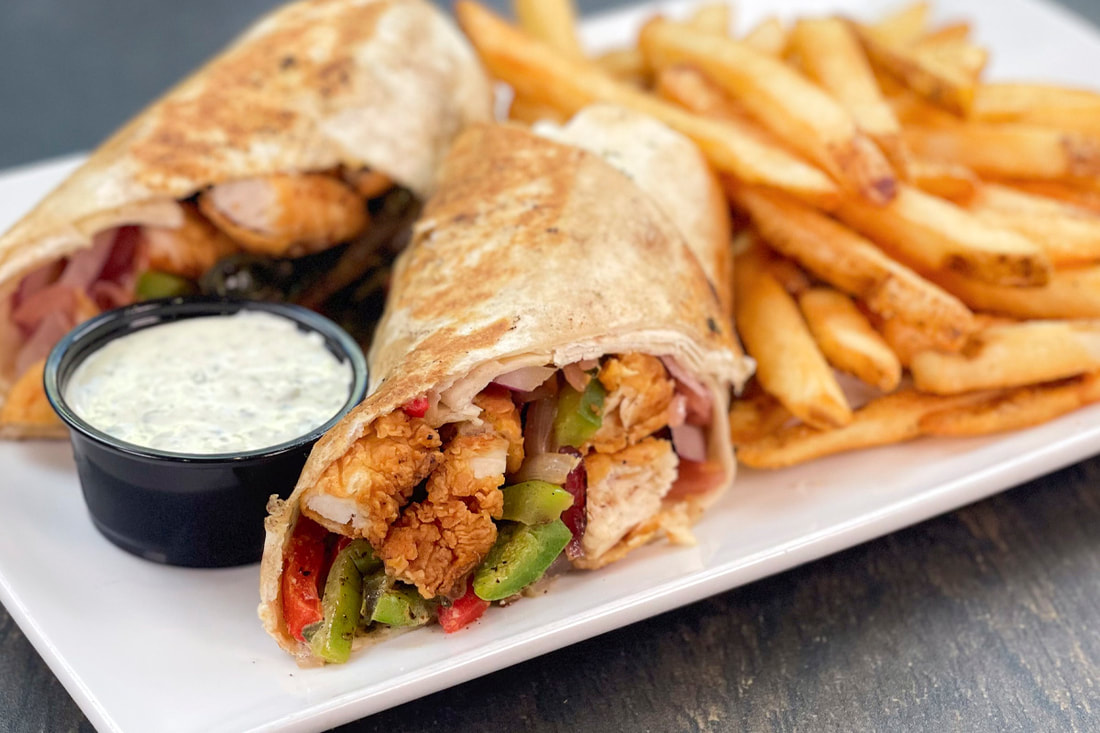
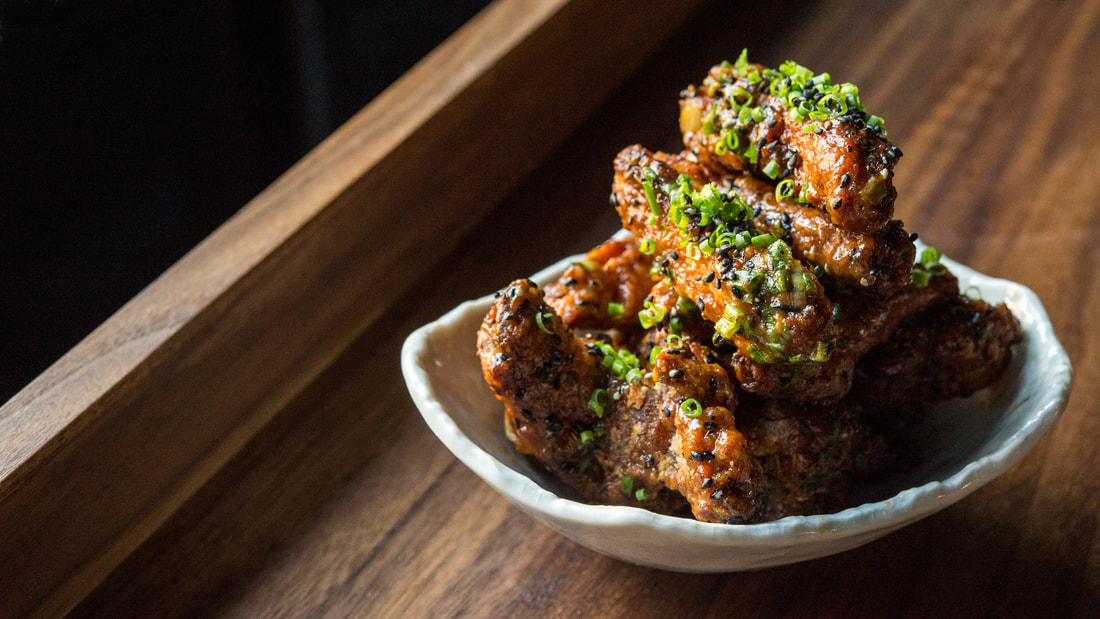
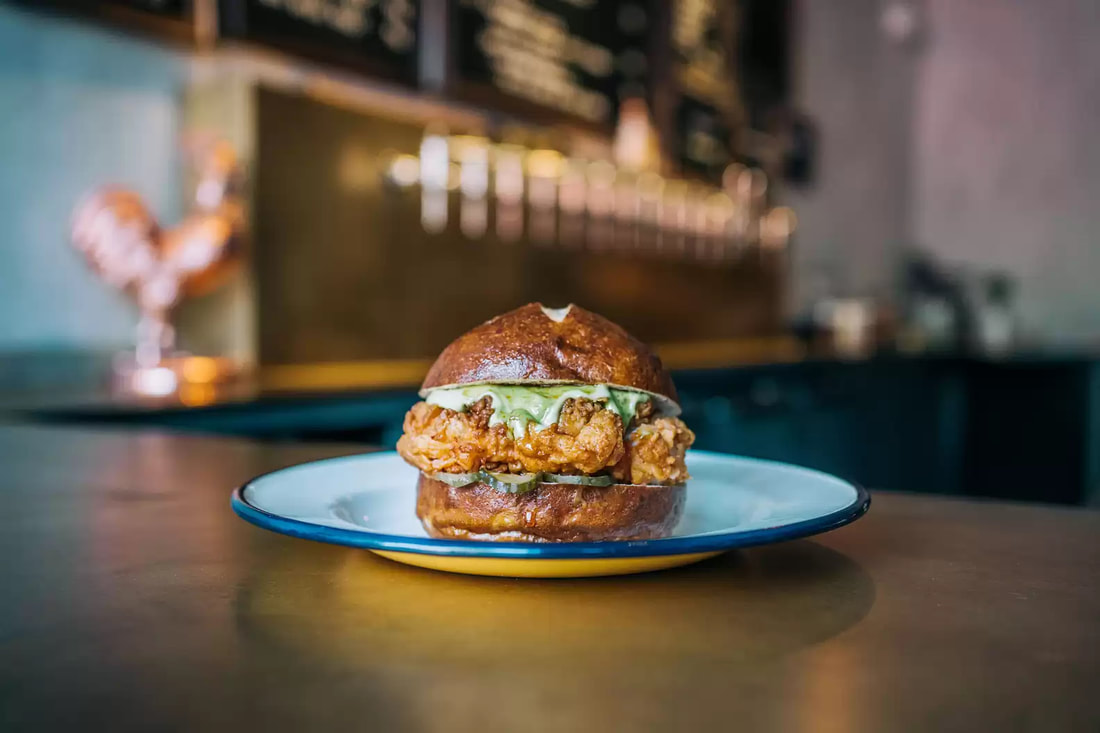
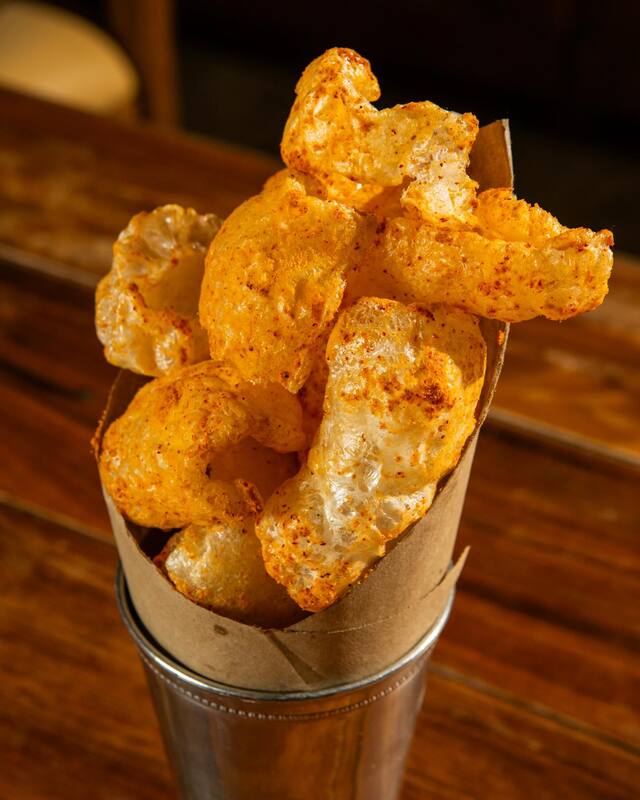
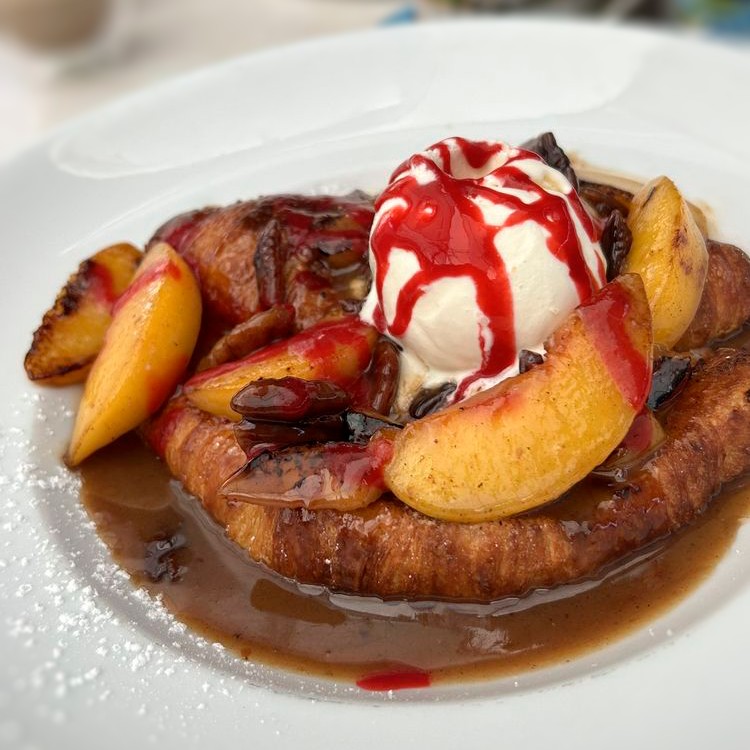
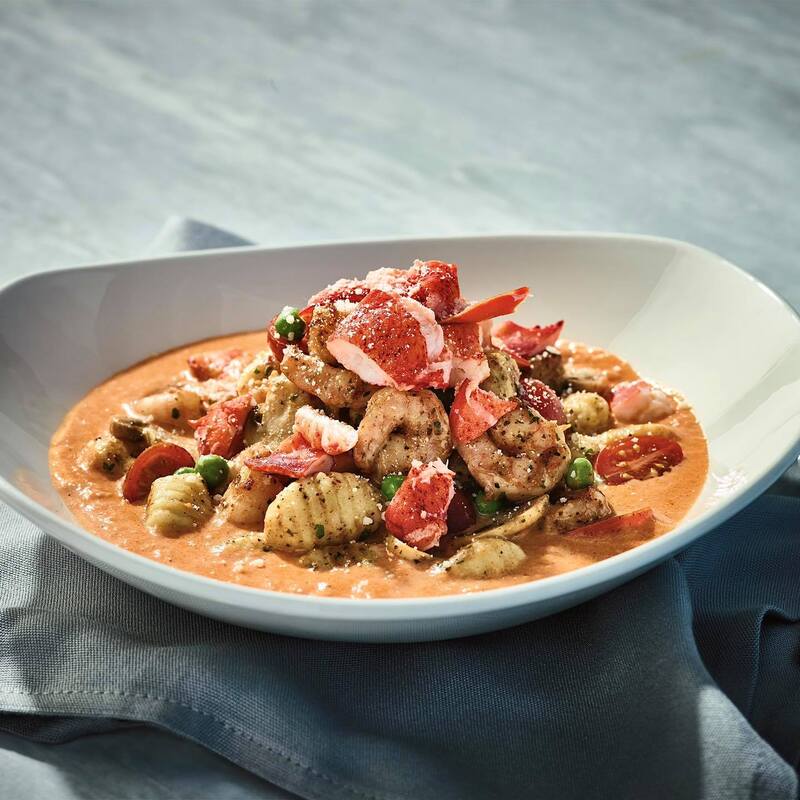
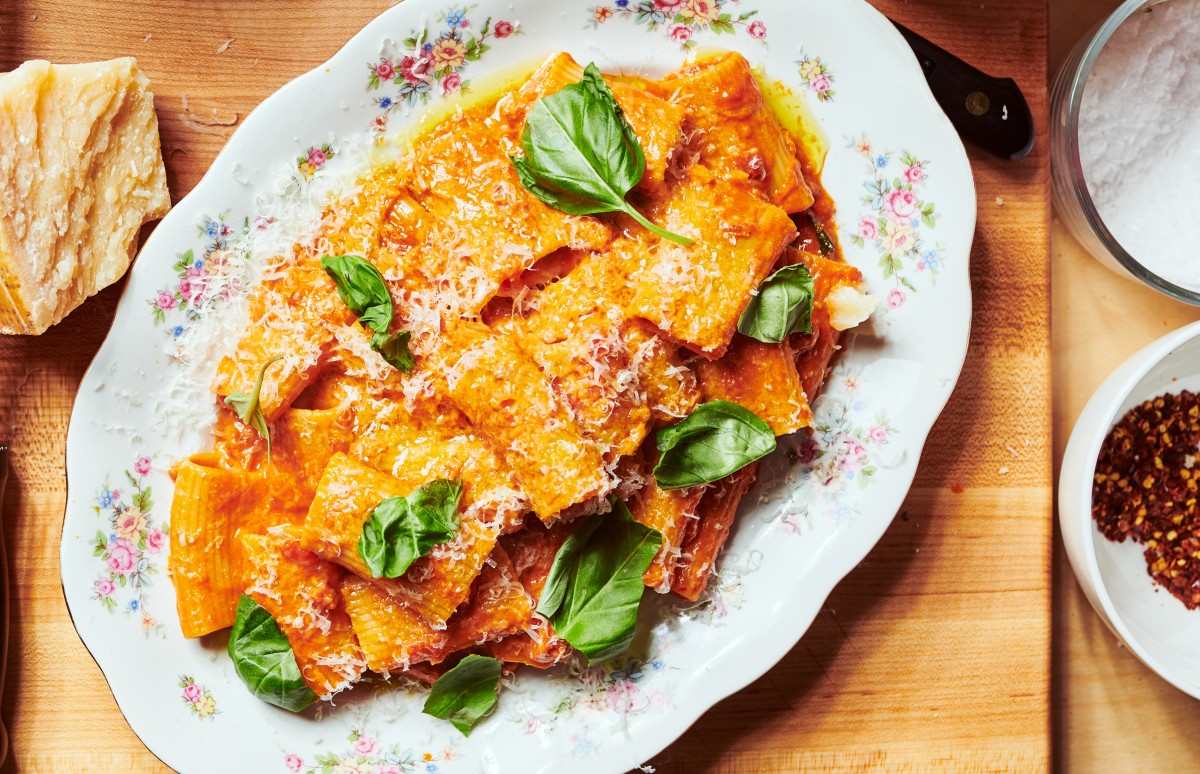
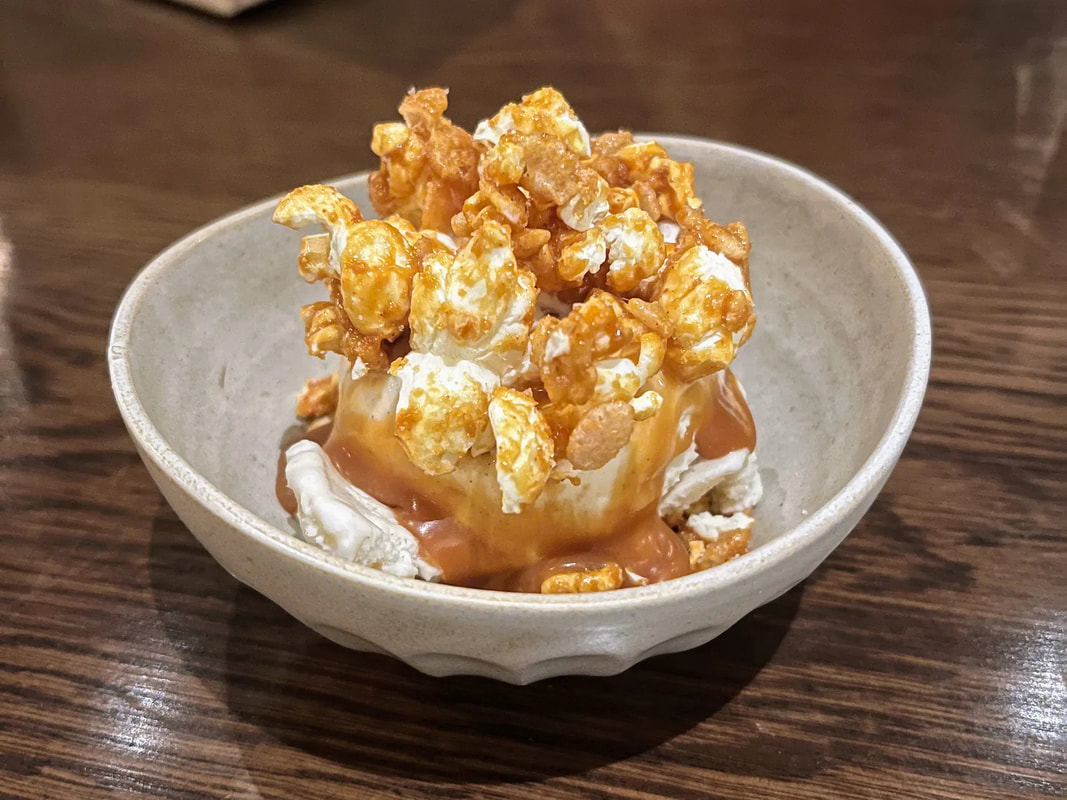
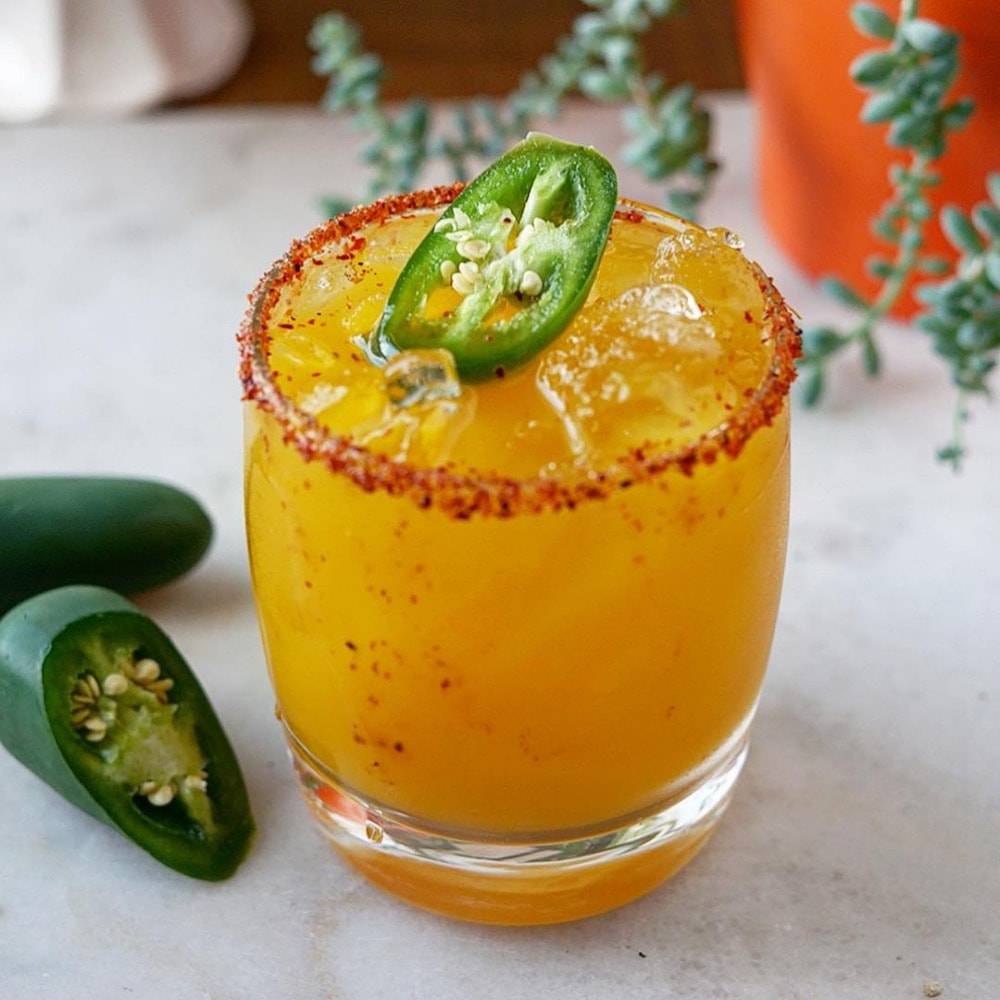
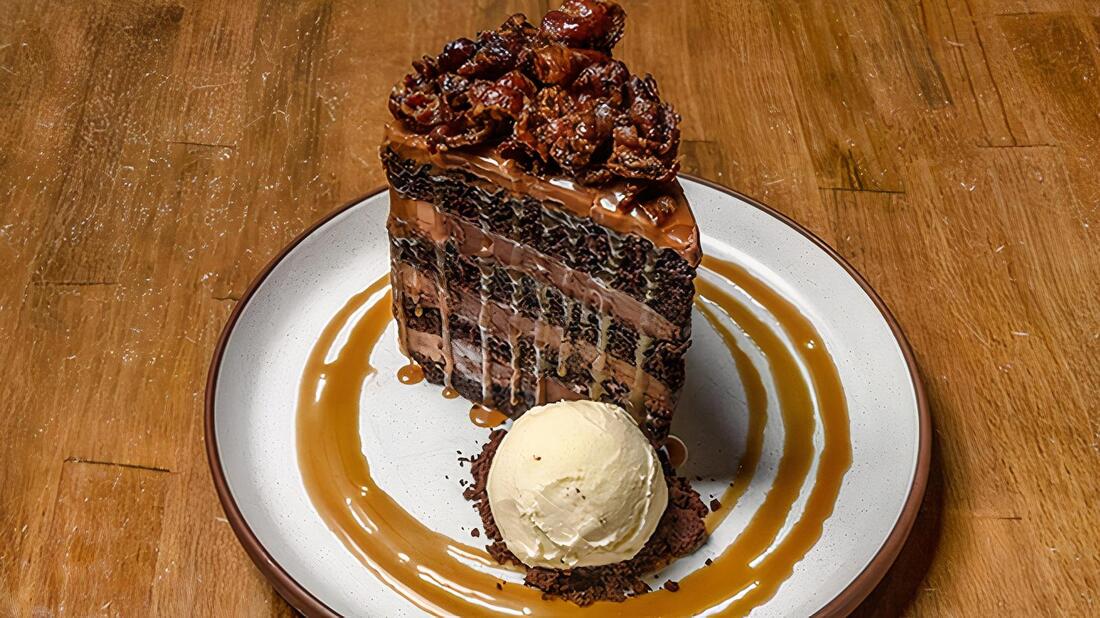
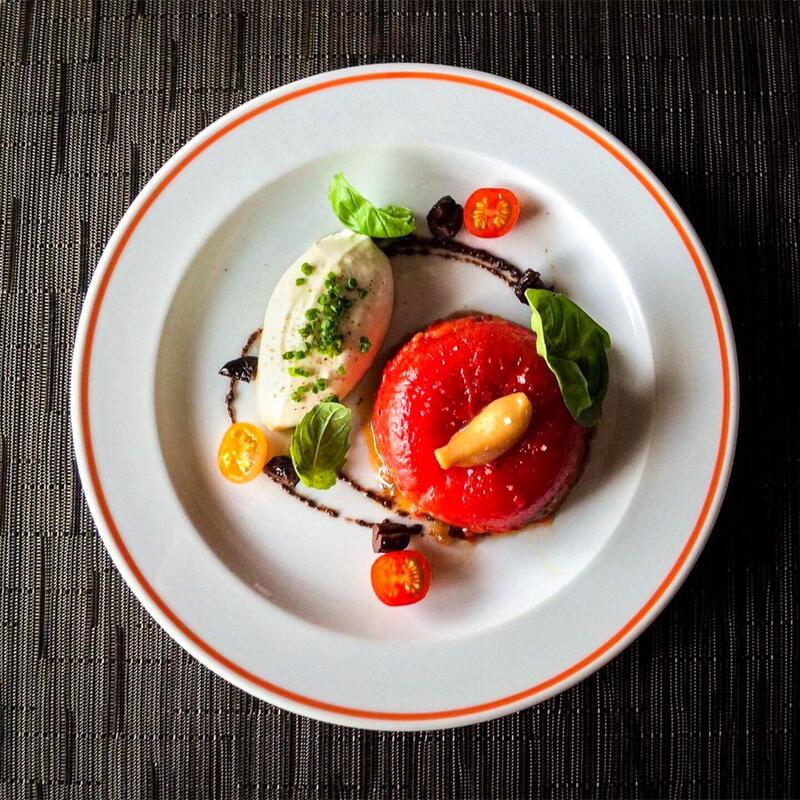

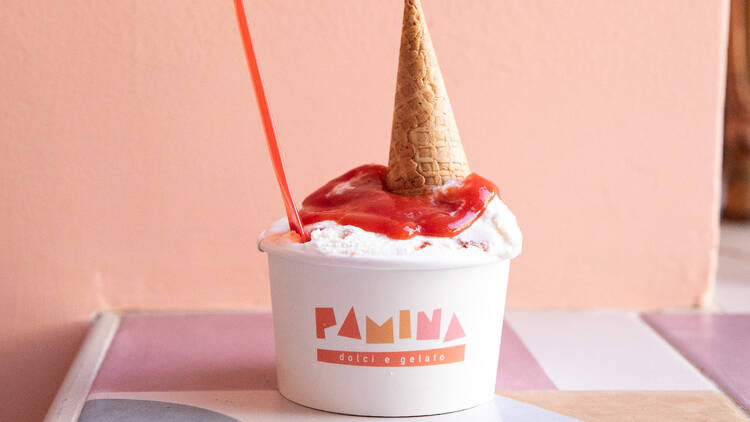
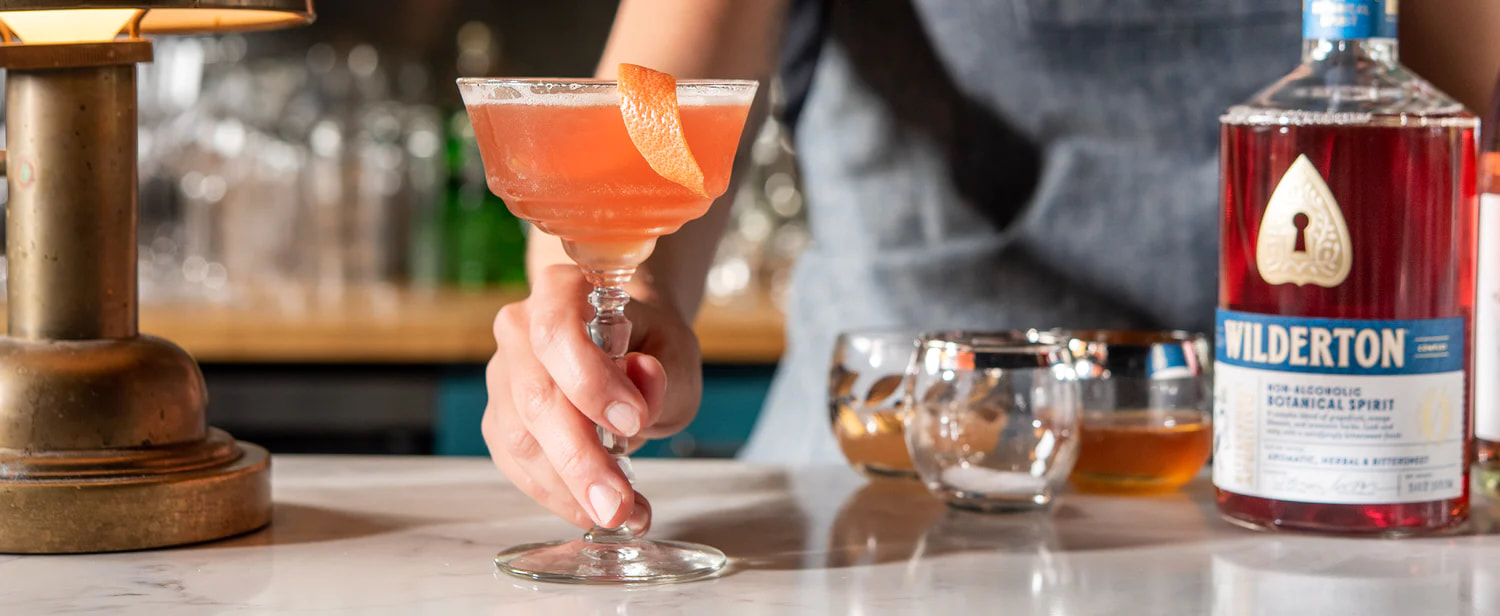

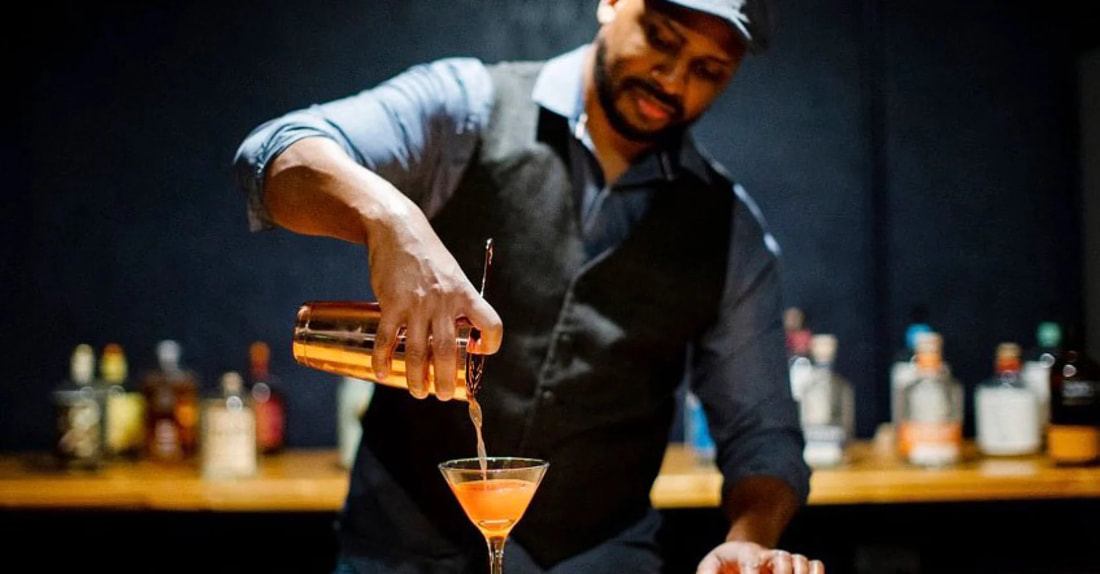
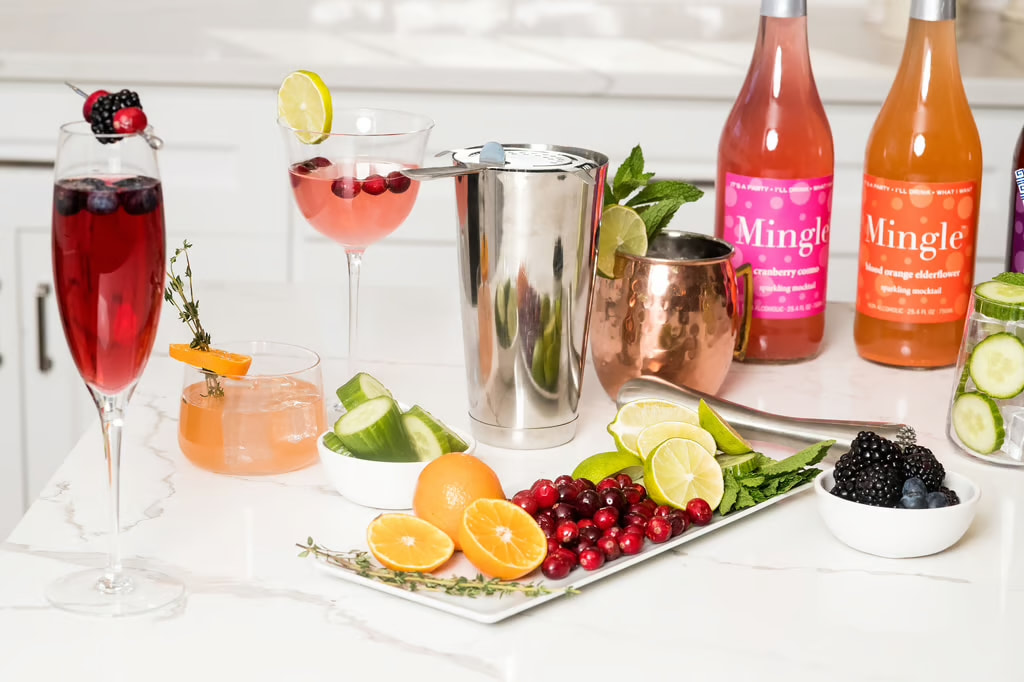
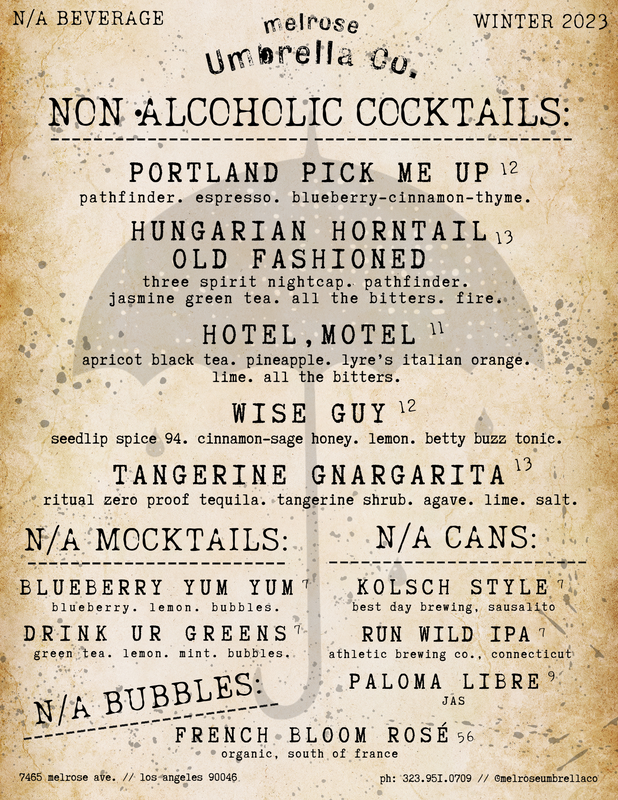
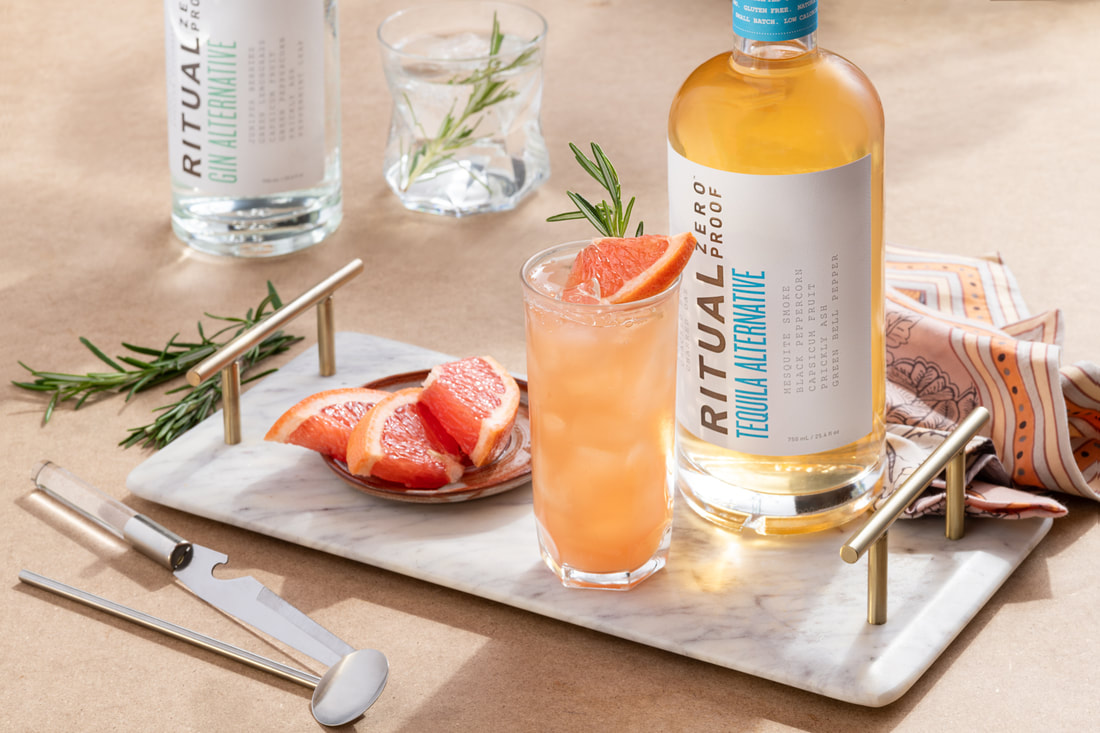
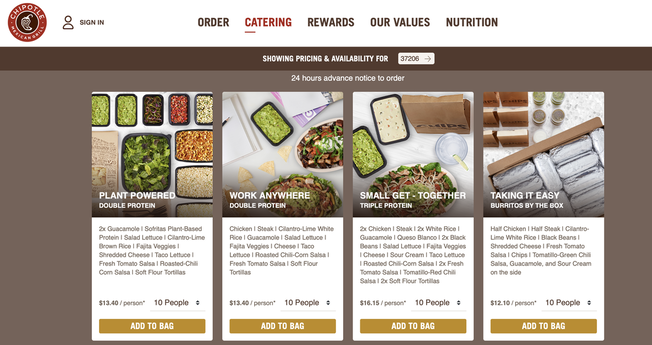
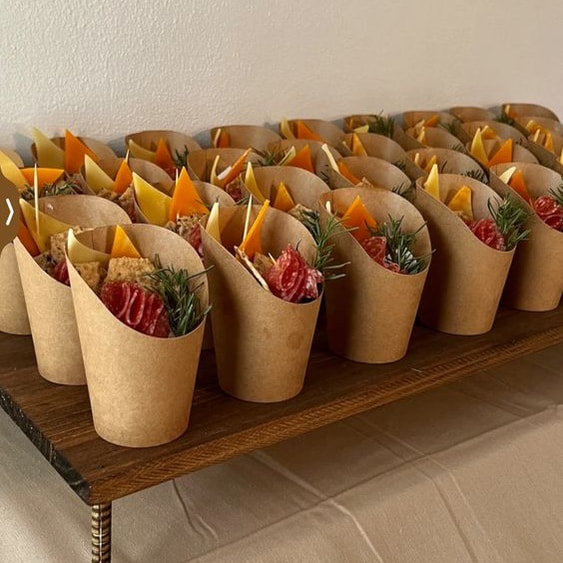

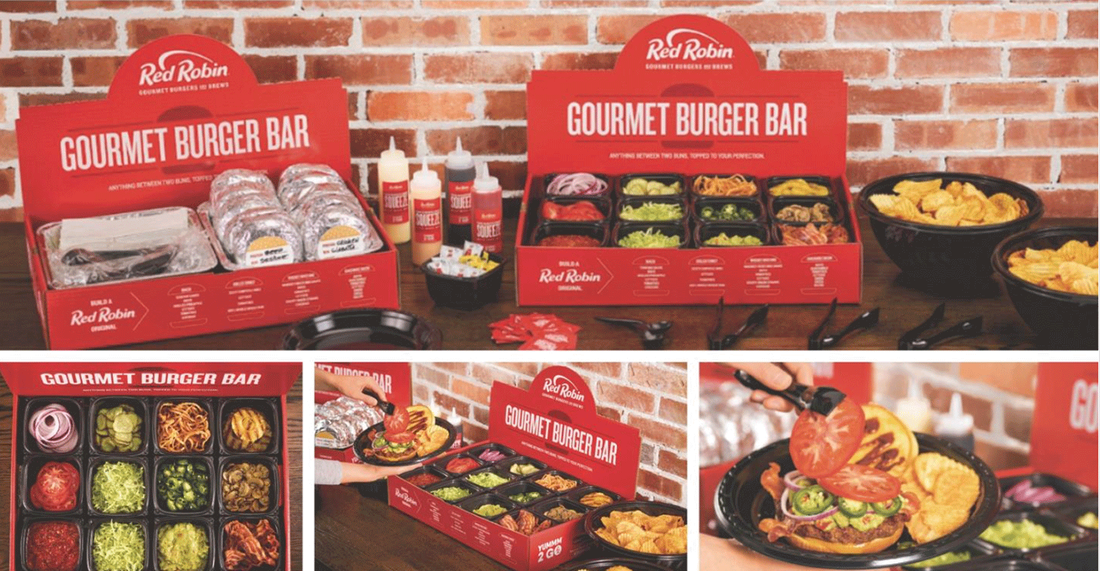
 RSS Feed
RSS Feed